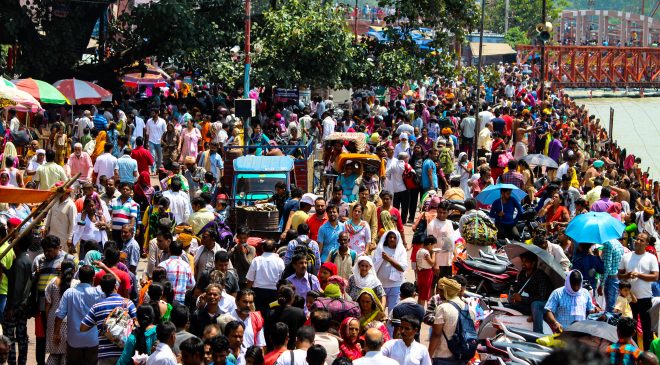
Easing restrictions requires app downloads
The Indian Government is pushing through the third phase of lockdown arising out of COVID 19 pandemic, as of the first week of May.
According to a statement by the Government the Health Ministry has divided over 700 districts of the country into:
- Red: Hotspots districts
- Green zones: Virus free areas
- Orange: Neither hotspots nor, virus free areas
Districts designated as ‘Red Zones’ will have intensive surveillance rules as outlined by the Standard Operating Protocol (SOP) put in place by the Ministry of Health and Family Welface (MoHFW).
This includes the mandatory download of Aarogya Setu app of residents in the area by local authorities. Aarogya Setu is a mobile application developed by the Government of India to connect essential health services with the people of India in our combined fight against COVID-19.
The App is aimed at augmenting the initiatives of the Government of India, particularly the Department of Health, in proactively reaching out to and informing the users of the app regarding risks, best practices and relevant advisories pertaining to the containment of COVID-19.
Several publications have indicated there are security concerns around the mandatory download of the app, including the accessibility to a citizen’s data, by the Government.
The ABC reported: “Such a move should be backed by a dedicated law which provides strong data protection cover and is under the oversight of an independent body,” Udbhav Tiwari, Public Policy Advisor for internet company Mozilla said.
Other Ministry of Home Affairs approved activities in Red Zones (outside of containment areas) include:
- Special Economic Zones
- Export Orientated Units
- Industrial Estates
- Manufacturers of essential goods (including drugs, pharmaceuticals, medical devices, raw materials, and intermediaries)
- Production units
- Manufacturing of IT hardware
- Jute Industry
- Manufacturing units of packaging material
E-Commerce in the Red Zone will be able to continue, but only for essential goods. Private companies in the Zone will only be allowed to continue with 33 per cent of staff in the office, the rest must work from home.
Government offices in the areas designated as Red Zones with the level of Deputy Secretary and above will have to maintain 100 per cent capacity, while remaining staff will attend up to 33 per cent. However Defence and Security Services, Health and Family Welfare, Police, Prisons, Home Guards, Civil Defence, Fire and Emergency Services, Disaster Management and related services, NIC, Customs, FCI, NCC, NYK, and Municipal services will all be allowed to function without restrictions.




